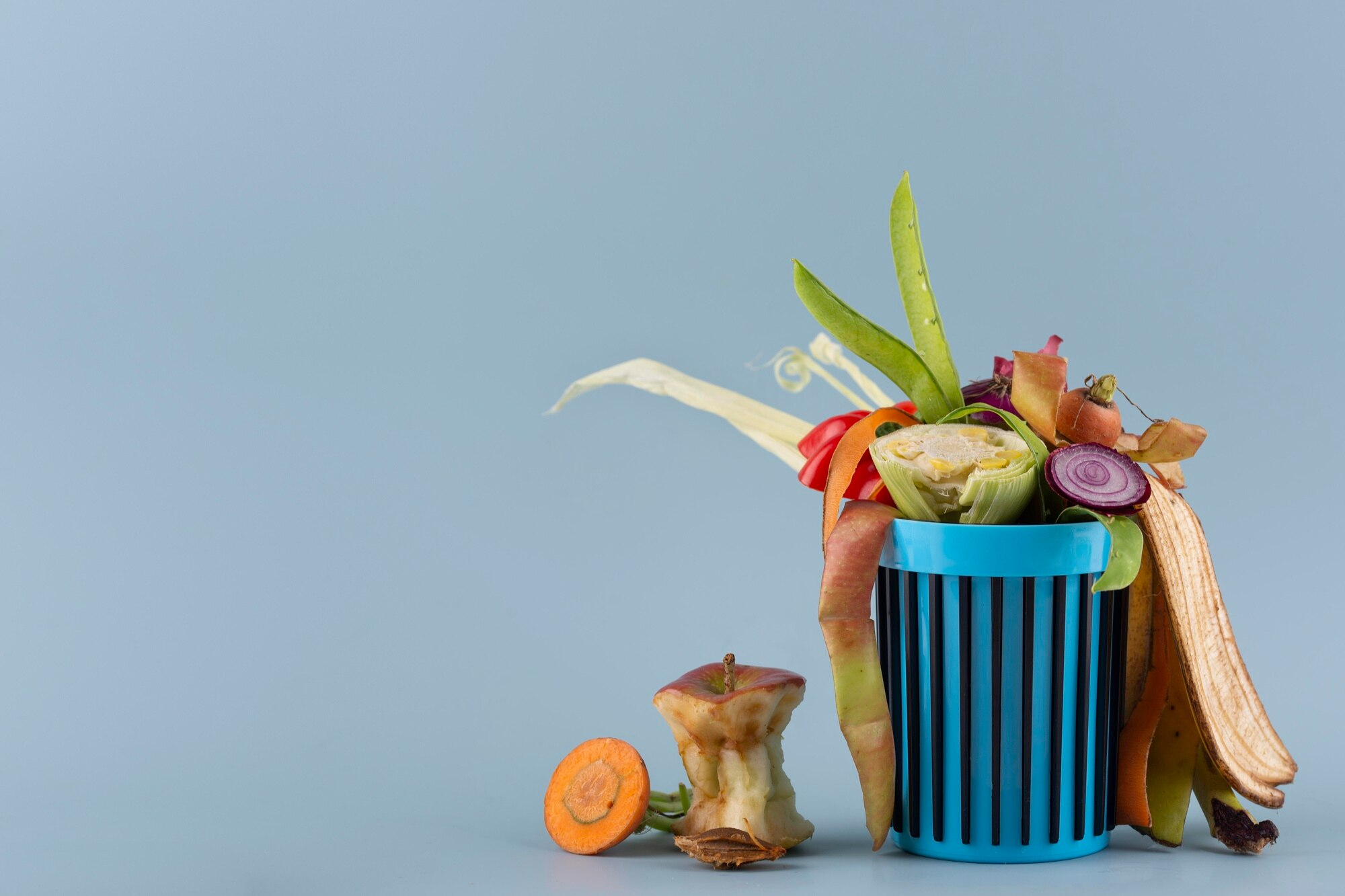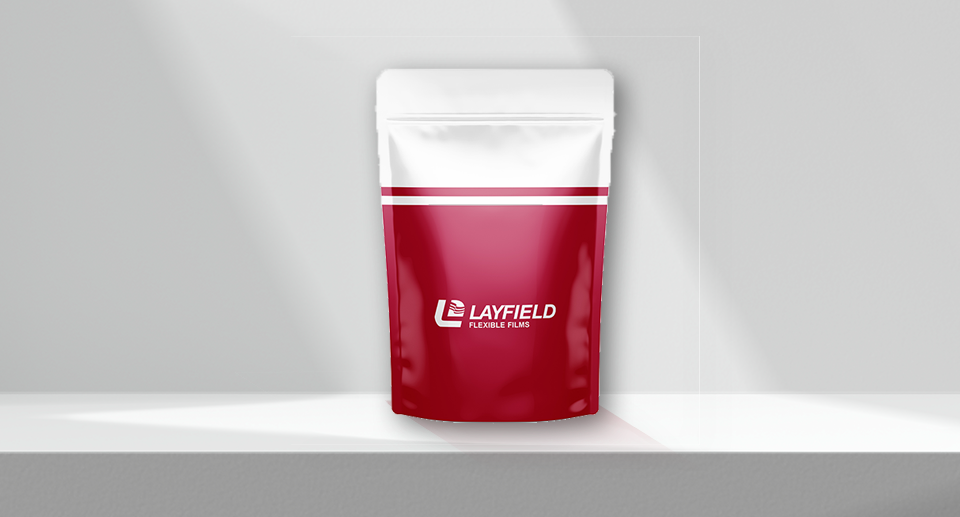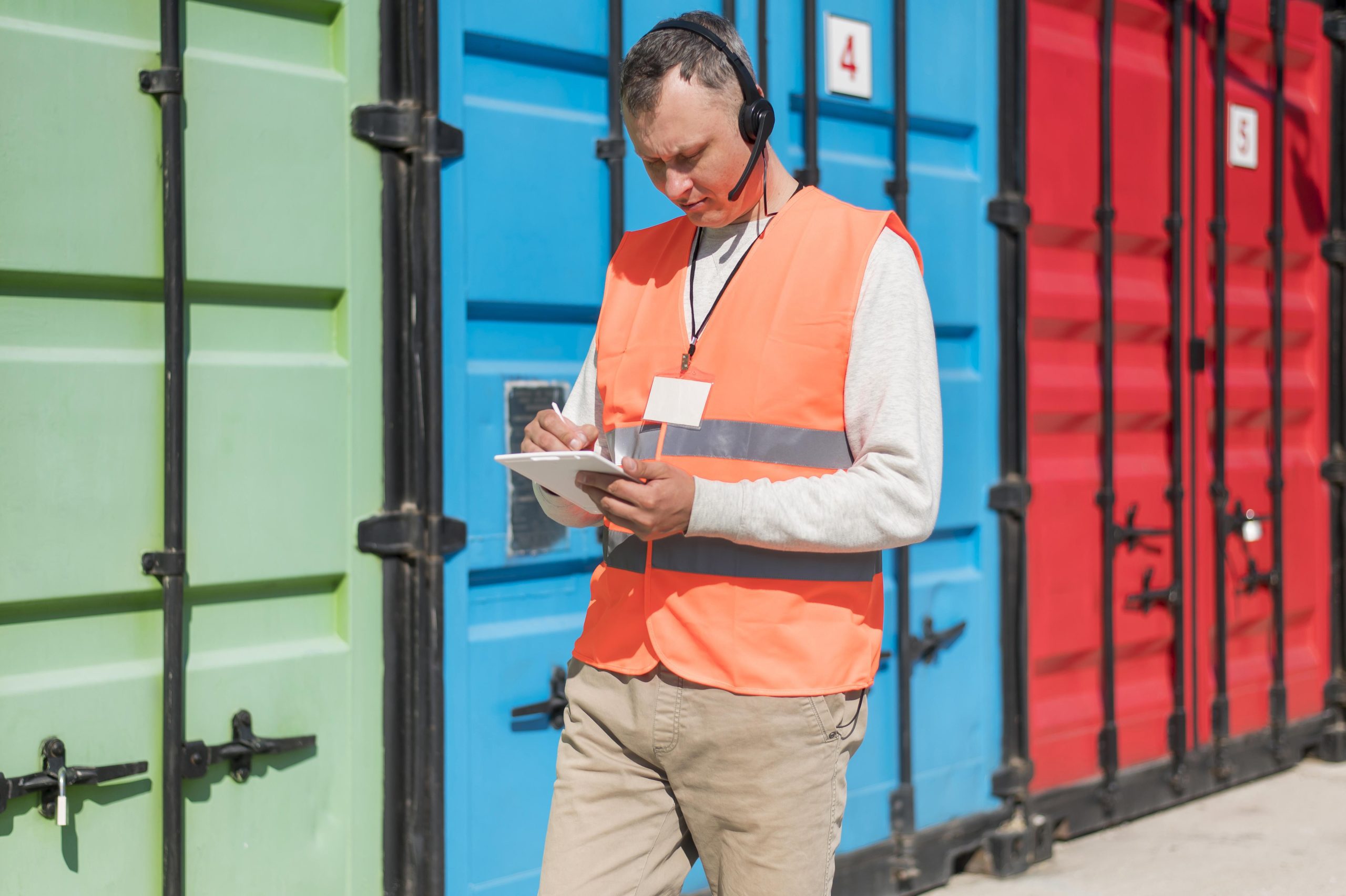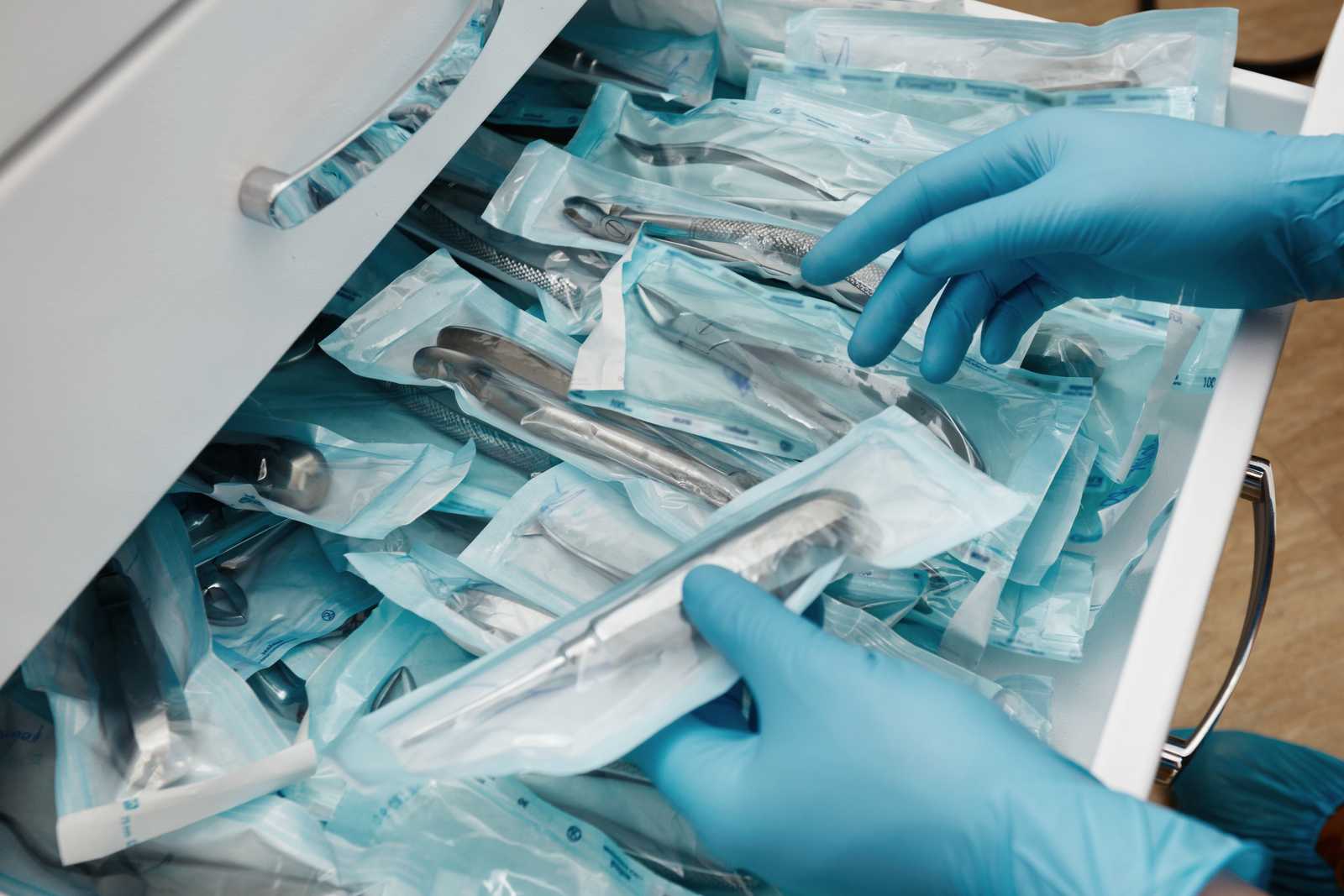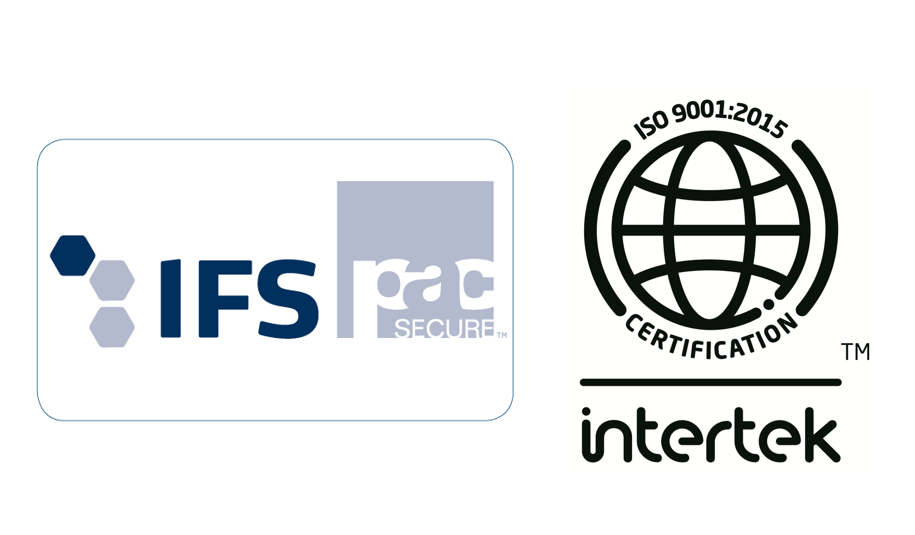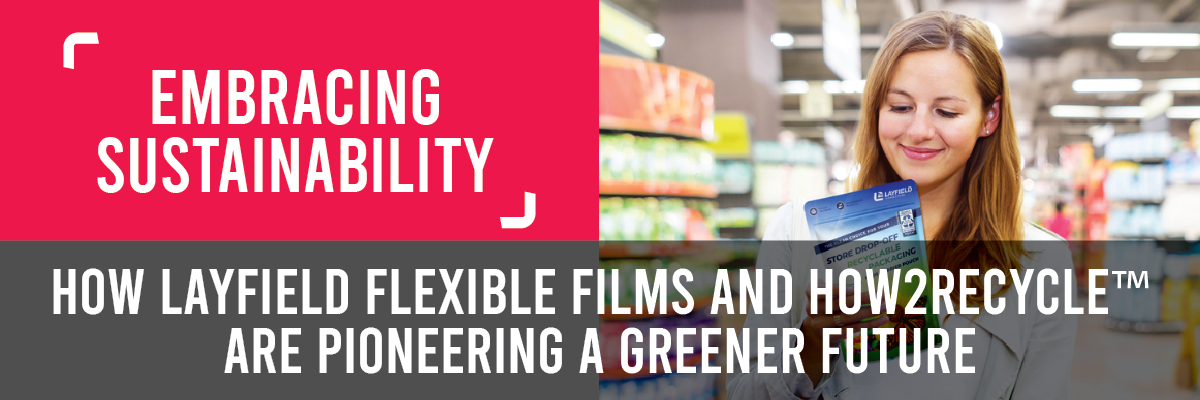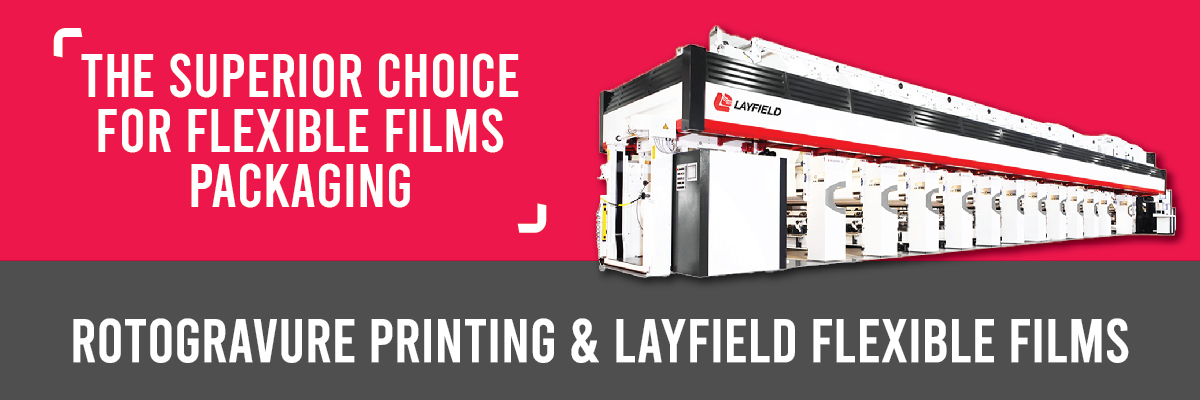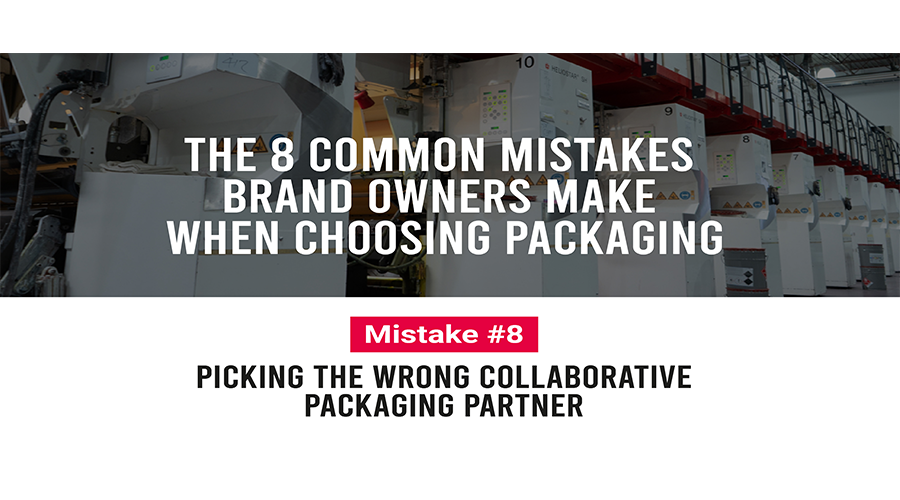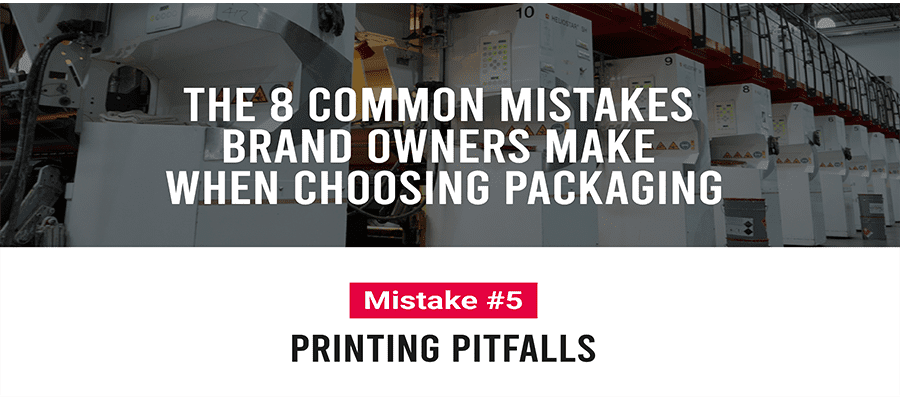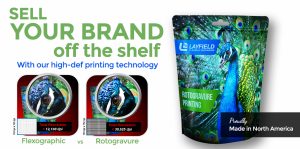
Today as we continue our blog series addressing eight common packaging mistakes, we examine printing technologies and how to determine the best solution for your brand.
Mistake Number Five: Printing Pitfalls
One of the most common mistakes in packaging design is choosing the wrong printing technology for your flexible packaging. Today, we will explore three different types of printing technology—digital, flexographic, and rotogravure—discussing their pros and cons and helping you determine the best fit for your needs.
Digital Printing
Digital printing is an excellent choice for smaller runs and has become increasingly popular due to its growing capacity. It’s particularly cost-effective for short runs, typically under 2,000 units, because it doesn’t require the expense of polymer plates or cylinders, which are necessary for other printing technologies. However, the per-impression cost for digital printing remains relatively high, making it less ideal for large-scale production.
Flexographic Printing
Flexographic printing is North America’s most popular printing technology, with substantial capacity available. This method involves using a polymer plate with the image wrapped around a cylinder. It’s an excellent option for brands looking to produce high volumes quickly, as it offers relatively short lead times. However, flexographic printing has some drawbacks. For instance, the plate break can cause visible lines along the sides of stand-up pouches, detracting from the premium look some brands desire. Additionally, the nature of this printing method often necessitates trapping images within a border, which can compromise the visual appeal compared to other technologies.
Rotogravure Printing
Rotogravure printing remains the gold standard for printing, particularly in countries like Japan and Germany, where it’s more commonly used. While there is less capacity for rotogravure printing in North America, those who can access it benefit significantly. Rotogravure printing offers superior colour saturation, better registration for finishes and spot glosses, and fewer issues with trapping. The continuous cylinder used in this technology eliminates the plate break, allowing for full-bleed designs on stand-up pouches and other products. This results in a consistently premium, high-quality look that stands out on the shelf.
At our company, we’ve experienced firsthand the advantages of rotogravure printing. Our scrap rates have decreased considerably compared to other technologies because the image is accurate from the first print. The colour saturation is more vibrant, and the premium look achieved with registered finishes and spot glosses is unparalleled.
Summary
Digital printing is an excellent starting point for new brands or those producing smaller runs. Flexographic printing suits commodity brands needing high-volume production with a quick turnaround. However, rotogravure printing is worth the investment for premium brands aiming for the highest quality packaging.
Reflecting on my experience reminds me of the transition from analog to digital TV. Once I experienced high-definition channels, I couldn’t return to low-definition. You’ll notice a similar difference when you choose rotogravure printing technology for your packaging.
Related Articles
View All News
